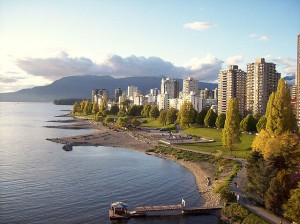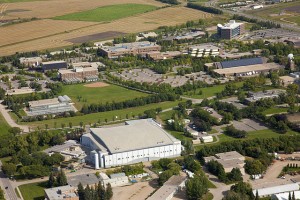
Vancouver once again ranked at the top among Canadian cities in a global quality of life index thanks to its temperate climate and the quality of its infrastructure
Other Canadian cities lost points to Vancouver because of their colder climates which according to the index affects quality of life. Calgary (32nd), which has experienced an economic boom over the last two decades thanks to Alberta’s expanding oil production, also lost points to Vancouver, and other Canadian cities, due to a lack of an international airport.
The Mercer index also ranked cities by the quality of their infrastructure, an area where Vancouver also ranked well in, placing 9th worldwide and first in the Americas. The top spot for infrastructure went to the South East Asian free market bastion of Singapore, followed by the Northern European metropolises of Frankfurt (tied 2nd), Munich (tied 2nd), Copenhagen (4th), Düsseldorf (5th) and London (tied 6th).
Three other Canadian cities ranked in the top five in the Americas in the quality of life rankings: at second Ottawa (14th), at third Toronto (15th), and placing fourth Montreal (23rd). Honolulu, Hawaii (28th) rounded out the top 5 in the Americas.




